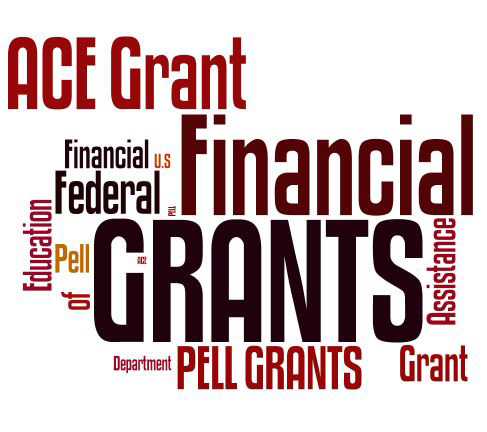Federal Grant Information
Federal Supplemental Educational Opportunity Grant (FSEOG)
Federal Pell Grants are direct grants awarded through participating institutions to students with financial need who have not received their first bachelor’s degree or who are enrolled in certain post baccalaureate programs that lead to teacher certification or licensure. Participating institutions either credit the Federal Pell Grant funds to the student’s school account, pay the student directly (usually by check) or combine these methods. Students must be paid at least once per term (semester, trimester, or quarter); schools that do not use formally defined terms must pay the student at least twice per academic year.
Federal Pell Grant recipients receive priority for FSEOG awards which range from to per award year. The amount of your award will be determined by the school’s Financial Assistance Office. For more information visit Federal Supplemental Educational Opportunity Grant.
Students may not receive Federal Pell Grant funds from more than one school at a time. Financial need is determined by the U.S. Department of Education using a standard formula, established by Congress, to evaluate the financial information reported on the Free Application for Federal Student Aid (FAFSA) and to determine the family EFC. The fundamental elements in this standard formula are the student’s income (and assets if the student is independent), the parents’ income and assets (if the student is dependent), the family’s household size, and the number of family members (excluding parents) attending postsecondary institutions.
Effective on July 1, 2012, you can receive the Federal Pell Grant for no more than 12 semesters or the equivalent (roughly six years). You’ll receive a notice if you’re getting close to your limit. If you have any questions, contact your financial aid office.
If you’re eligible for a Federal Pell Grant, you’ll receive the full amount you qualify for—each school participating in the program receives enough funds each year from the U.S. Department of Education to pay the Federal Pell Grant amounts for all its eligible students. The amount of any other student aid for which you might qualify does not affect the amount of your Federal Pell Grant.

William D. Ford Federal Direct Loan Program
Student loans, unlike grants, are borrowed money (monies) that must be repaid with interest. Loans made through this program are referred to as Direct Loans. Eligible students and parents borrow directly from the U.S. Department of Education. For more information visit William D. Ford Federal Direct Loan Program. There are three types of loans in the program:
• Subsidized Stafford Loan- A student can borrow this type of loan to cover some or all of their school expenses. The U.S. Department of Education pays the interest while you’re in school. The amount of the loan cannot exceed a student’s financial need. For more information visit Subsidized Stafford Loan.
• Unsubsidized Stafford Loan- A student can borrow this type of loan to cover some or all of their school expenses. The U.S. Department does not pay interest on subsidized loans. A student is responsible for paying the interest that accrues on the loan from the time the loan is disbursed until it’s paid in full. The fixed interest rate of 6.8 percent can be paid while attending school, during a period of deferment or forbearance or it can be accrued and the interest added to the principle amount of the loan. For more information visit Unsubsidized Stafford Loan.
• PLUS Loans- Parents of dependent students can borrow from the PLUS Loan program. The terms and conditions of this type of loan include a requirement that the applicant not have an adverse credit history, a repayment period that begins on the date of the last disbursement of the loan and a fixed interest rate of 7.9 percent for the Direct Loan. For more information visit PLUS Loans.
